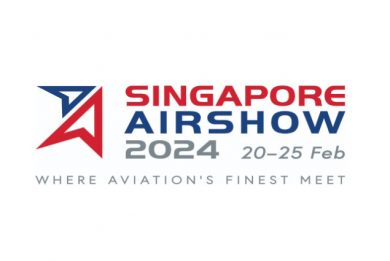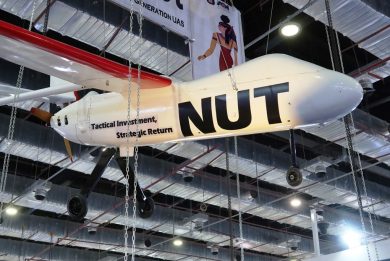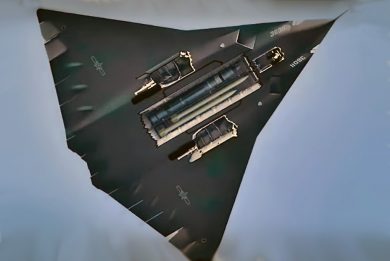
Singapore Airshow – First international presence for China Z-10ME attack helicopter
At the Singapore Airshow the Z-10ME-02, the export version of the Changhe attack helicopter, was exhibited for the first time in real at an international exhibition. The rotary wing attack aircraft was displayed in the Aviation Industry Corporation of China (AVIC) outdoor exhibition area surrounded by the many types of ordnance it can carry
The Z-10ME is aimed at the export market and based on the Z-10 attack helicopter that is deployed by China’s People’s Liberation Army Ground Force (PLAGF)s. There were also some reports in 2022 that Pakistan had received a small quantity of Z-10MEs, which may have been procured as a replacement for T129 attack helicopters from Turkey, delivery of which fell through because of US sanctions in 2022.
The Z-10ME’s maximum take-off mass is over 7,200 kg with a 1,500 kg payload. Missiles, rockets and droppable fuel tanks are fitted to the two stub wings each having one hard point. The five-blade main rotor has a diameter of 13 metres, the Z-10 being 14.2 metres long.
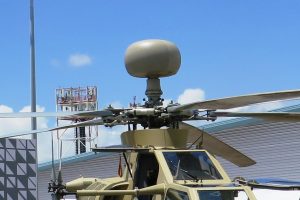
The Z-10ME exhibited in Singapore was fitted with the Yu Huo millimetre wave fire-control radar mounted over the rotor, providing an all-weather capability. There is also a chin-mounted electro-optical suite, and the aircraft can be fitted with Beidou satellite navigation systems.
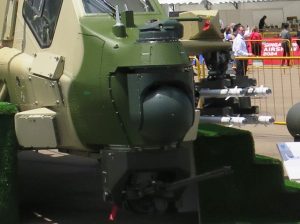
The weapons displayed in front of the Z-10ME-02 and under its wings included a 23 mm chin-mounted cannon, FS70B aerial blast-fragmentation rockets, GR5 guided rockets, TY-90 air-to-air missiles, CM-502KG air-to-surface missiles, and 280 kg fuel tanks.
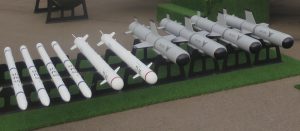
A quadruple missile launcher loaded was also fitted to one of its wing-mounted hard points, however the type is not immediately clear. A seven-tube rocket launcher was also visible on the internal hardpoint.
Around 200 Z-10s are thought to be in service with the PLAGF where they serve in aviation brigades within China’s Group Armies. Some Z-10s in Chinese service appeared to receive an upgrade in 2020, with new exhaust outlets pointing up, instead of sideways, and additional armour plates added around the cockpit. These revisions were both designed to reduce the aircraft’s IR signature and vulnerability to MANPADS respectively.
The aircraft’s first appearance outside of China reflects China’s growing assertiveness in the export of advanced weapons and systems. However, multiple customers have reported dissatisfaction with Chinese aircraft in the past, including Myanmar, which was forced to ground its fleet of JF-17 jets in 2022 because of maintenance issues. Niger also reported technical issues with its F-7 aircraft from 2009.
China has attracted customers as its equipment is often cheaper than many other suppliers and will come with fewer restrictions. However, it appears to struggle in terms of providing post-delivery maintenance and support, which leads to customer complaints.
Photos by J. Roukoz

